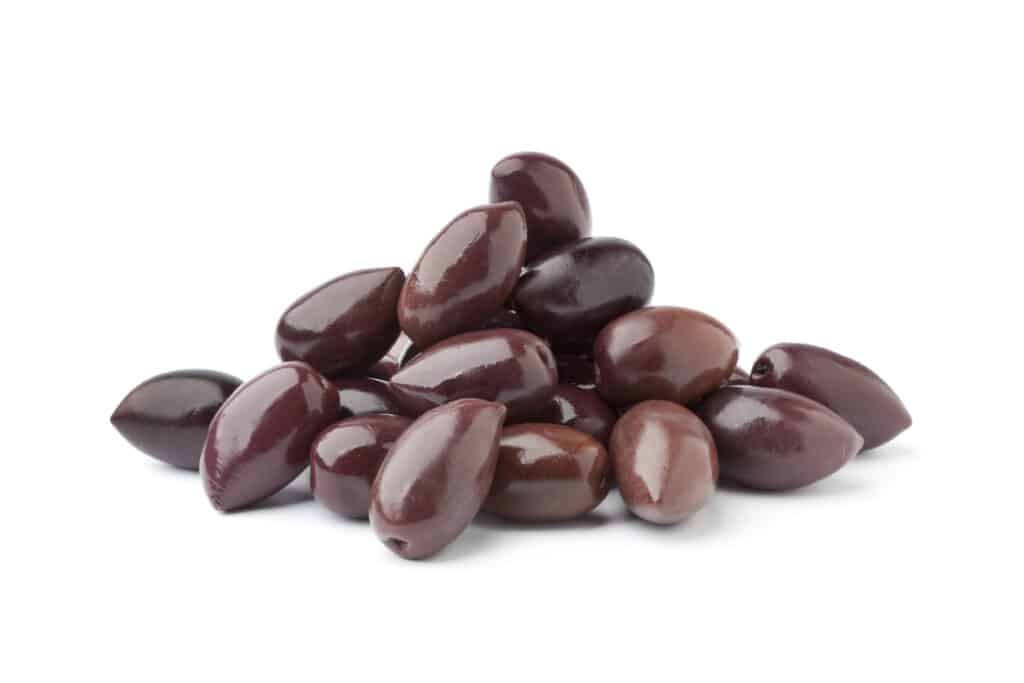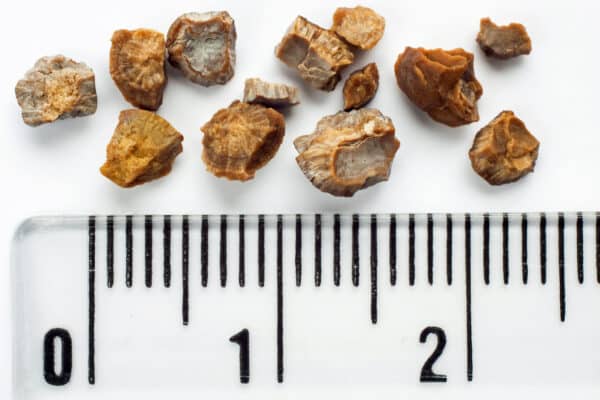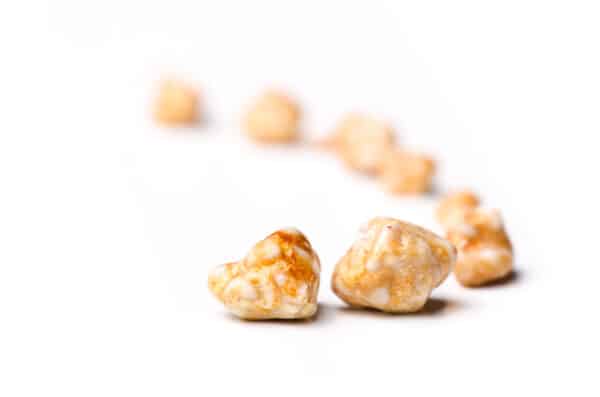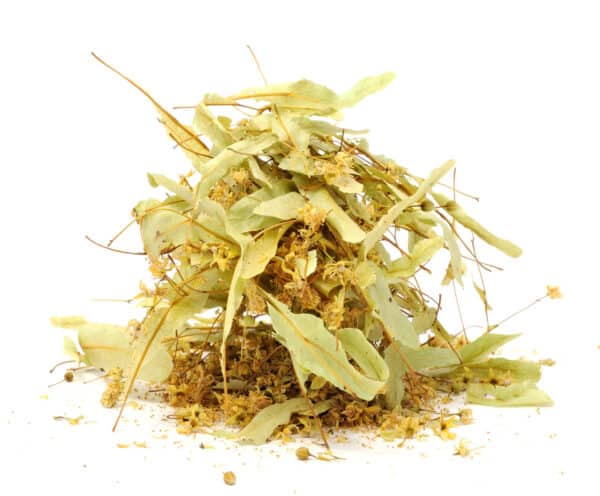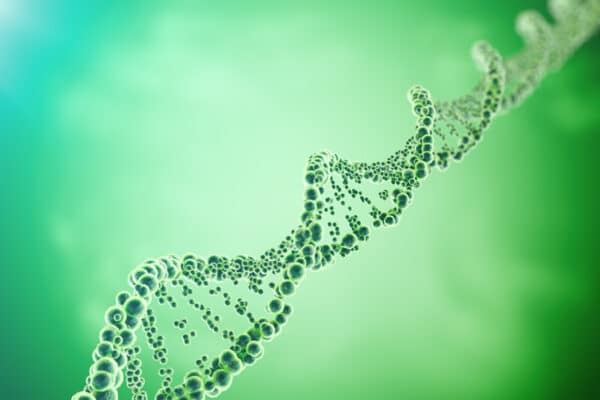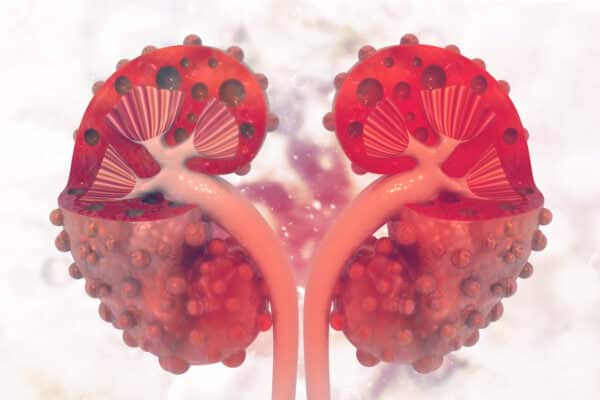
Natural Therapies In The Treatment of Polycystic Kidney Disease

Regarding dietary interventions in treating and managing PKD, the science is solid. The first thing we can do via the diet is to starve the cysts of what they need to grow, and that food is mainly carbohydrates and sugars. This is where a plant-based ketogenic diet excels.
Eat a plant-based ketogenic diet
What is ketosis?
Simply put, ketones (or ketone bodies) are an alternative fuel source made in our liver when there isn’t enough glucose (sugar) for energy. When our body doesn’t have enough sugar or glucose for energy, it needs a new energy source, so it switches to breaking down fat for energy. This process is done in the liver, where fats are turned into a chemical called ketones. These ketones are then released from the liver into the bloodstream and used as fuel within the body.
Ketosis has been shown in animal studies to prevent, stall and even reverse PKD. It does this in part due to the reduction in glucose that must be present for ketosis to occur and also by reducing the activation of mTOR, which further reduces the fuel required by cysts to grow.
But to get into ketosis, don’t I need to eat meat? The short answer is no. Ketosis is about using fat as a preferred fuel source rather than protein and carbohydrates.
Just like with typical chronic kidney disease, eating animal proteins can lead to acidic urine, and red meat is often high in purines, both of which make the kidneys work harder and may increase the risk of crystal formation.
We can achieve a low level of ketosis by increasing healthy fats in our diet.
Healthy fats are not only a good source of energy but are highly anti-inflammatory.
Good plant sources of fat include:
- Avocados (potassium and some oxalates) eat sparingly
- Olives
- Olive Oil
- Nuts
- Cacao nibs
- Seeds
- Coconut meat
Fish
You can also eat fish 1-2 times a week, which is still acid-forming, so it needs to be paired with plenty of vegetables. However, red meat is lower in purines than fish. Salmon, sole, tuna, catfish, red snapper, tilapia, flounder, and whitefish are lower in purines than other types of fish.
Try eating these foods with plenty of alkalising vegetables and low-carb berries like blueberries.
Intermittent Fasting
Time-restricted eating (TRE) and intermittent fasting (IF), for example, eating only during an 8-hour window, can also help manage blood sugar levels and reduce the fuel cysts used for growth. Adding in IF or TRE is a great way to help starve the cysts of food needed for their growth.
Limit Sugar
Sugar may promote the growth of kidney cysts. Limit added sugars found in sweetened beverages and desserts and naturally occurring sugars in high glycemic fruit, honey and syrups.
Remember to check nutrition labels for added sugars. Try stevia and monk fruit-based sweeteners instead of artificial sweeteners.
https://pubmed.ncbi.nlm.nih.gov/26334260/
Limit Sodium
High-sodium foods can increase your blood pressure, a prevalent complication and side effect of PKD. Sodium should be kept to a minimum and replaced with anti-inflammatory herbs such as ginger or turmeric.
Oxalates
Calcium crystals can cause dilation in the tubules of the kidneys, upregulating the mTOR pathway and increasing the likelihood of crystal formation. This pathway correlates to the need to reduce oxalate consumption for those with PKD. The same principles apply to PKD. It is more about oxalate management than oxalate avoidance. Try pairing oxalate foods with calcium-rich foods to help the body excrete oxalates.
Foods high in oxalates include:
- Spinach
- Rhubarb
- Swiss chard
- Beets
- Potato skins
- Raspberries
- Dates
- Black tea
- Soy
- Cocoa
- Nuts such as almonds, brazil nuts and pine nuts
These foods should be consumed much less often and, if consumed, prepared and cooked to reduce the oxalate content or paired with calcium-rich foods.
Other dietary tips for those diagnosed with PKD
Stay Hydrated
The amount of water you drink daily depends on your kidney disease stage. A typical goal for CKD stages 1-3 is 3 litres of daily water.
Carry a water bottle with you, or use a nutrition app that reminds you to drink.
Avoid Phosphate Additives
Phosphates, a common additive in processed foods, can increase the risk of crystals and kidney stones. Try to avoid foods with phosphate additives by reading labels.
Look for anything containing “phos” in the name (like dicalcium phosphate).
Here is an excellent presentation on the effects of a ketogenic diet in those diagnosed with PKD.
https://www.endpkd.ca/oct_webinar
Nutrition
Beta-Hydroxybutyrate (BHB)
BHB is a ketone that our body makes when it goes into ketosis. It’s made by our liver and used as fuel when glucose is depleted, reducing mTOR activity. BHB isn’t just made endogenously; it can also be taken as a supplement.
Researchers found that giving animals a supplement of BHB even while eating their regular diet had similar positive effects as caloric restriction or time-restricted eating.
In one study, rats with PKD were supplemented with BHB for five weeks while eating their everyday high-carbohydrate foods. After five weeks, their kidneys reduced in weight, their cysts reduced, kidney scarring was reduced, and kidney function improved. Even more impressive, their kidneys no longer looked different to rats without PKD.
Researchers speculate that BHB might suppress PKD progression by altering the metabolism of cyst cells, affecting their ability to increase or grow or by changing cell signalling pathways that drive disease progression, one of these being the mTOR pathway.
https://www.sciencedirect.com/science/article/pii/S1550413119305157
Quercetin in PKD
One of the key features of PKD is oxidative stress, which refers to an imbalance between the production of reactive oxygen species (ROS) and the body’s ability to neutralise them. As a potent antioxidant, quercetin can scavenge ROS and protect cells from oxidative damage. In PKD, quercetin’s antioxidant effects may help reduce the oxidative stress burden on the kidneys and alleviate some of the pathological consequences associated with the disease.
In addition to its antioxidant activity, quercetin has anti-inflammatory properties that can benefit PKD. Chronic inflammation is a common feature of PKD and is believed to contribute to cyst growth and progression. Quercetin can modulate various inflammatory pathways, including the nuclear factor-kappa B (NF-κB) pathway, which plays a central role in the inflammatory response. By inhibiting NF-κB activation, quercetin can reduce the production of pro-inflammatory cytokines and decrease inflammation in the kidneys.
Quercetin has been shown to inhibit the mTOR pathway by multiple mechanisms. One of the primary ways quercetin affects mTOR is through its interaction with phosphoinositide 3-kinase (PI3K) and protein kinase B (Akt), upstream regulators of mTOR. Quercetin inhibits the activation of PI3K and Akt, which subsequently leads to the suppression of mTOR signalling.
https://pubmed.ncbi.nlm.nih.gov/23272907/
Additionally, quercetin can directly inhibit mTOR by binding to its catalytic site and inhibiting its kinase activity. By doing so, quercetin prevents the phosphorylation of downstream targets of mTOR, such as ribosomal protein S6 kinase (S6K) and eukaryotic initiation factor 4E-binding protein 1 (4E-BP1), which are involved in protein synthesis.
Moreover, quercetin can modulate the mTOR pathway through its effects on AMP-activated protein kinase (AMPK). AMPK is an energy-sensing enzyme that acts as a negative regulator of mTOR. Quercetin activates AMPK, which in turn inhibits mTOR signalling. This activation of AMPK by quercetin occurs through the liver kinase B1 (LKB1) pathway or by increasing the cellular AMP-to-ATP ratio.
https://www.eurekaselect.com/article/54083
Finally, quercetin has been shown to promote autophagy, a cellular process involved in the degradation and recycling of cellular components. Dysregulated autophagy has been implicated in cyst formation and growth in PKD. Quercetin-mediated activation of autophagy can help maintain cellular homeostasis, eliminate damaged organelles, and potentially slow down cyst growth.
https://pubs.rsc.org/en/content/articlehtml/2018/fo/c7fo01253e
Dose
In clinical practice, supplemental quercetin is prescribed between 300mg – 1200mg per day for therapeutic effects however, this varies depending upon the specific health condition.
As with many other great nutrients, quercetin synergises when combined with other nutrients, enhancing its health benefits and effectiveness!
r-ALA
Antioxidant properties
r-ALA has been shown to possess antioxidant properties, which means it can neutralise harmful molecules called free radicals. In PKD, oxidative stress is believed to play a role in the development and progression of cysts. By reducing oxidative stress, rALA may help mitigate damage to kidney tissues.
Anti-inflammatory effects
Chronic inflammation is another PKD feature contributing to cyst growth and kidney damage. Some studies suggest that r-ALA may have anti-inflammatory effects by suppressing the production of pro-inflammatory molecules. This anti-inflammatory action might help alleviate kidney inflammation and potentially slow disease progression.
https://www.sciencedirect.com/science/article/abs/pii/S0899900719301789
Insulin sensitivity improvement
rALA has been investigated for its ability to enhance insulin sensitivity and glucose metabolism. PKD patients often have an increased risk of developing diabetes and insulin resistance. By improving insulin sensitivity, r-ALA might help regulate blood sugar levels and minimise the risk of diabetes-related complications in PKD patients.
https://www.sciencedirect.com/science/article/abs/pii/S0899900719301789
mTOR pathway
Research suggests that r-ALA may play a role in downregulating the mTOR pathway in PKD.
Studies have indicated that r-ALA can inhibit the activity of the mTOR pathway. By modulating the mTOR pathway, rALA may help regulate the abnormal cellular processes associated with cyst growth and slow down the progression of PKD.
https://link.springer.com/article/10.1007/s11745-014-3964-x
https://pubmed.ncbi.nlm.nih.gov/30986422/
Autophagy induction
Autophagy is a cellular process that involves the recycling and degradation of damaged cellular components. It plays a crucial role in maintaining cellular homeostasis and preventing the accumulation of abnormal structures. Activation of autophagy is beneficial in PKD. Some research suggests that r-ALA can induce autophagy, which may help remove cystic cells and reduce cyst growth.
Herbs
Barberry – Berberis vulgaris
Barberry, scientifically known as Berberis vulgaris, is a shrub native to Europe, North Africa, and Western Asia. It is well-known for its bright red berries and thorny branches. Barberry has a long history of traditional use as a medicinal herb, primarily due to its active compound called berberine.
Berberine is an alkaloid that gives barberry its distinctive yellow colour and is responsible for many health benefits. This compound has been extensively studied and has shown various pharmacological properties, including:
- Antimicrobial
- Anti-inflammatory
- Antioxidant
- Anti-diabetic
- mTOR suppression
- Digestive tonic
- Hepatic
- Anti-cancer
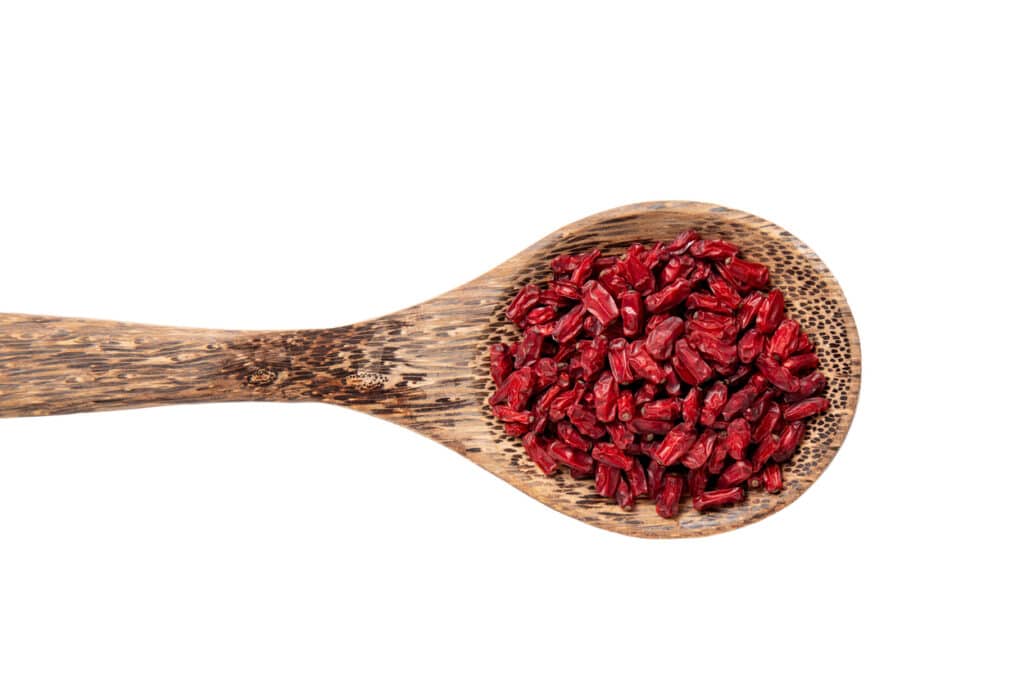
The traditional uses of barberry and berberine include treating digestive disorders such as diarrhea, dysentery, and indigestion. The antimicrobial properties of berberine make it effective against a wide range of bacteria, fungi, parasites, and viruses. It has been used to combat infections, including urinary tract infections, respiratory tract infections, and skin infections.
PKD
Barberry, particularly its active compound berberine, has shown potential in treating polycystic kidney disease (PKD) by targeting the mTOR pathway.
One of the critical mechanisms by which barberry exerts its beneficial effects in PKD is via the downregulation of the mTOR pathway.
Studies have demonstrated that berberine can inhibit the activation of the mTOR pathway, thereby reducing the excessive cell growth and proliferation associated with cyst formation in PKD. Barberry helps inhibit the growth and expansion of kidney cysts by downregulating the mTOR pathway.
In addition to its effects on the mTOR pathway, berberine exhibits anti-inflammatory and antioxidant properties, which can help alleviate kidney damage and slow the progression of PKD. Berberine has been shown to reduce inflammation and oxidative stress in the kidneys, contributing to improved kidney function and reduced cyst growth.
One study on an animal model of PKD found that berberine treatment significantly reduced kidney cysts and improved renal function. This effect was attributed, at least in part, to the downregulation of the mTOR pathway and the inhibition of abnormal cell growth.
https://www.wjgnet.com/2220-6124/full/v4/i4/468.htm
Barberry also decreases fibrosis, inflammation, and oxidative stress within the kidneys. These effects contributed to improved kidney function and delayed disease progression.
Furthermore, berberine has been reported to regulate abnormal cell proliferation and apoptosis (cell death) in PKD. It may inhibit the proliferation of renal tubular epithelial cells responsible for cyst formation. By promoting cell cycle arrest and inducing apoptosis in these cells, berberine could potentially limit cyst growth and alleviate kidney burden.
Dose
- 2-6 grams/day of dried bark by decoction
- 6-9 ml/day of a 1:1 liquid extract
- 6-12 ml/day of a 1:10 tincture
Cautions
Most individuals using barberry at normal and appropriate doses do not typically experience adverse side effects. However, higher dosages can lead to potential side effects such as nausea, vomiting, diarrhea, dizziness, fainting, nosebleeds, low blood pressure, decreased heart rate, and decreased breathing.
Pregnant women should avoid taking Barberry due to the possibility of uterine contractions and the risk of miscarriage. Similarly, nursing mothers should refrain from consuming barberry as breast milk can transmit berberine to the infant.
It is crucial to avoid taking barberry simultaneously with cyclosporine, and caution should be exercised when combining it with other drugs that may have negative interactions. These include medications metabolised by the liver, such as lovastatin (Mevacor), clarithromycin (Biaxin), indinavir (Crixivan), sildenafil (Viagra), and triazolam (Halcion).
Before considering the combination of barberry with anticholinergic drugs (drying medications), antihypertensive drugs, antidiabetes drugs, anticoagulant/antiplatelet drugs, sedative medications (CNS depressants), or certain cholinergic drugs used for glaucoma, Alzheimer’s disease, and other conditions, it is advisable to consult with a healthcare provider.
Reishi – Ganoderma lucidum
Reishi is regarded in Traditional Chinese Medicine (TCM) as a nourishing tonic and aphrodisiac that tonifies the qi and calms the spirit. In TCM, it is called ‘the mushroom of immortality.’ Triterpenoids and polysaccharides are the primary active components of Reishi and are well-known for their numerous pharmacological properties.
The Therapeutic Actions of Reishi Include:
- Anti-cancer effects
- High blood pressure
- Asthma
- Stress
- Liver disease
- High cholesterol
- Obesity
- Insomnia
- Fatigue
- Lower urinary tract symptoms in men
- Kidney disease
https://pubmed.ncbi.nlm.nih.gov/31777022/
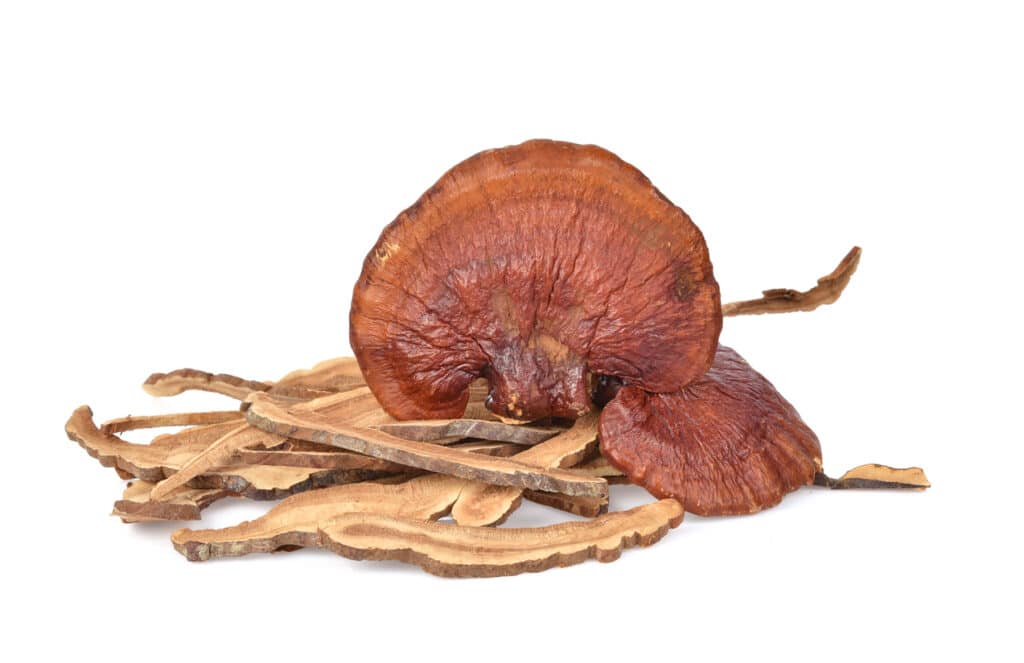
Reishi has also been studied in the treatment of kidney disease. Animal studies have shown that Reishi and its variety of bioactive components have potent kidney protective effects, and benefits have been seen in the prevention and treatment of diabetic kidney disease, polycystic kidney disease, kidney injury due to ischemia (lack of oxygen), and chemotherapy drugs and injury due to loss of protein in the urine.
In a study of patients with focal segmental glomerulosclerosis (FSGS) with persistent protein loss in the urine despite medical treatment, treatment with Reishi reduced levels of inflammation in the body, suppressed damage to kidney cells and successfully suppressed proteinuria in all patients.
PKD
Studies show that chemical compounds found in reishi have a strong blocking effect on the growth of kidney cysts. This was found by testing reishi in various lab experiments and on mice with Polycystic Kidney Disease (PKD). Reishi slowed the cysts’ growth by reducing the activity of a communication system inside the cells called the Ras/MAPK pathway and by encouraging the cells in the cysts to mature correctly.
Reishi and the mTOR pathway
Multiple studies have found that Reishi can downregulate the mTOR pathway, making it a valuable herb in treating PKD.
Reishi does this by inhibiting the phosphorylation (activation) of two proteins (S6K1 and 4E-BP1) controlled by mTORC1, a component of the mTOR pathway. It also repressed the phosphorylation of another protein (Akt) controlled by mTORC2, another component of the mTOR pathway. This effect was achieved by inhibiting the IGFR-PI3K pathway, activating the AMPK-TSC2/raptor network, and reducing the levels of a protein called Rheb.
These findings suggest that inhibiting the mTORC1/2 pathways is one of the main ways Ganoderma lucidum extracts can act against cyst formation and growth.
https://www.nature.com/articles/s41392-019-0056-7
https://pubmed.ncbi.nlm.nih.gov/27618151/
Turmeric – Curcuma Longa
Turmeric comes from the root of Curcuma longa, a flowering plant of the ginger family. It’s often sold in spice jars. However, if bought fresh, it looks similar to ginger root with a more intense yellow to golden colour.
Turmeric contains many plant substances, but one group, the curcuminoids, has the greatest health-promoting effects. Three notable curcuminoids are curcumin, demethoxycurcumin and bisdemethoxycurcumin. Of these, curcumin is the most active and most beneficial to health.
Actions of Curcumin
- Anti-inflammatory
- Antioxidant
- Lowers blood sugar
- Anti-cancer
- Protects the liver
- Protects the heart
- Protects the kidneys
- Anti-arthritis
- Cholesterol-lowering
- Anti-asthmatic
- Antiplatelet
- Antibacterial
Turmeric, a well-known herb and spice, has been found to have therapeutic effects on PKD. It can alleviate symptoms and reduce the risk factors associated with the disease.
Research has shown that turmeric has renoprotective properties, which can protect the kidneys from disorders. Its antioxidant activity helps protect the kidneys by reducing oxidative stress, increasing levels of antioxidant enzymes, reducing inflammation, and preserving kidney function.
Turmeric is effective in treating kidney disorders associated with PKD, such as diabetic nephropathy, kidney failure, and drug-induced kidney toxicity.
In experimental models of renal cysts, curcumin, the active compound in turmeric, has been shown to inhibit cyst development and enlargement without causing toxicity or cell death. Curcumin reduces the activity of proteins that promote abnormal cell growth and proliferation. It also promotes normal kidney cell development.
In combination with ginkgolide B from Gingko Biloba, Curcumin is more effective in inhibiting cyst formation than either compound alone. These natural compounds work by inhibiting cell signalling pathways that lead to abnormal cell growth.
In addition to its effects on cyst formation, turmeric can benefit individuals with PKD by attenuating hematuria (blood in urine) and proteinuria (excessive proteins in urine), preventing kidney stones, reducing high blood pressure, alleviating inflammation and pain, treating fever, combating urinary tract infections, protecting against liver toxicity, and helping with post-operative care in cases where kidney surgery is necessary.
It’s important to note that while turmeric can be beneficial, individuals prone to developing kidney stones should limit their intake of turmeric as a spice due to its oxalate content. Curcumin supplements may be a better option.
https://www.biorxiv.org/content/10.1101/378919v1.full
https://www.frontiersin.org/articles/10.3389/fneph.2023.1071441/full
Final Thoughts
When it comes to working with PKD, I really believe that we need to look at all the pathways that contribute to the growth of cysts in the kidneys, which I mentioned in the previous article that I wrote. You can read about those pathways here. When we tackle cyst growth from every angle, we have a far more significant impact on reducing and slowing the PKD disease process.
I hope you have found this helpful information. Always consult with a healthcare provider before starting new nutritional or herbal medicines.
Share This Article
More articles by
Fiona Chin N.D.
LIKE WHAT YOU’VE READ?
Sign up for free updates delivered to your inbox. Join our community and get tips on health, wellness, nutrition, and more.
More From Our Blog
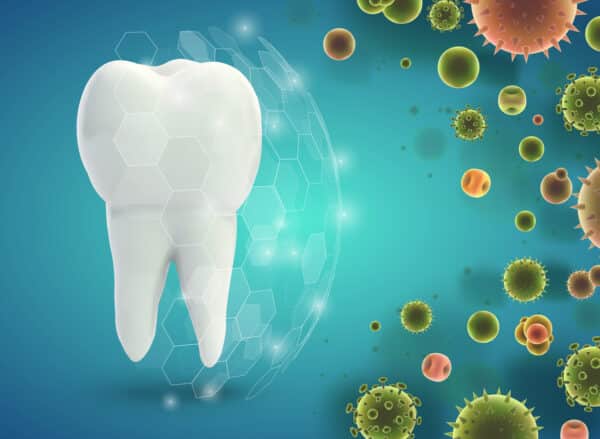
The Oral Microbiome & Chronic Kidney Disease
The oral microbiome plays an essential role in the incidence and development of

What Causes Cyst Formation In Polycystic Kidney Disease?
What is polycystic kidney disease? Polycystic kidney disease (PKD) is a prevalent genetic
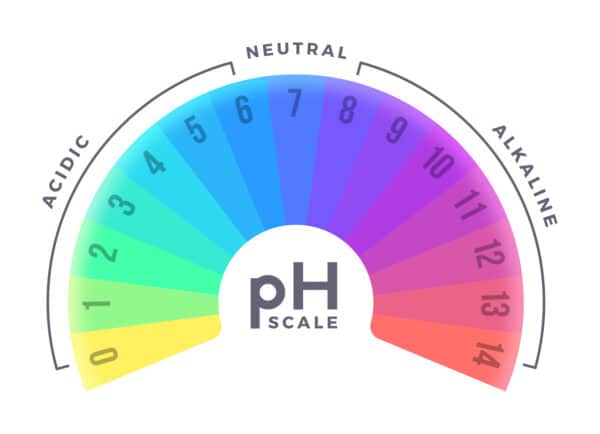
Bicarbonate Supplements? Is It The Best Way To Alkalize in Kidney Disease?
Throughout the ages, human diets have undergone a significant transformation, shifting from an

The Big Question… Can Kidney Disease Be Reversed?
Kidney disease can range from mild to severe, so the potential for reversal
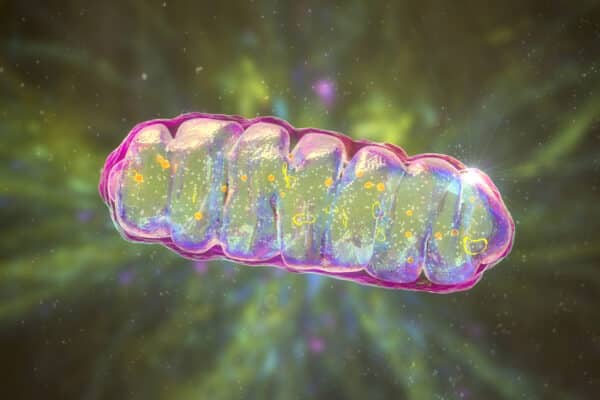
SS-31 Peptide and Kidney Disease
Kidney disease is a global health concern. The kidneys, especially the proximal tubules,
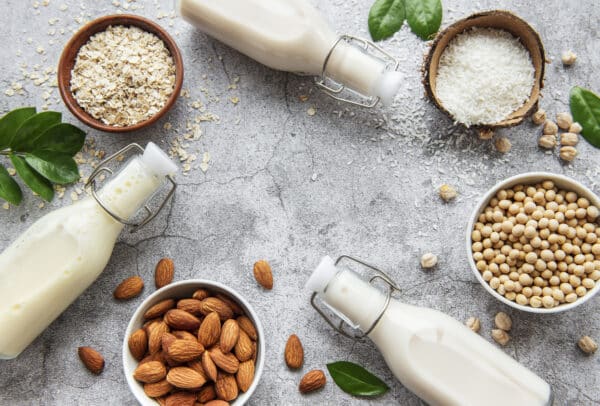
The Role of Calcium in Kidney Disease
Calcium is the most abundant mineral in our body; ninety-nine per cent of


